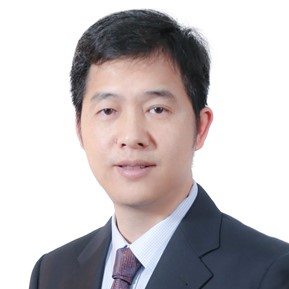Recent Advances in Porous Materials
A special issue of Molecules (ISSN 1420-3049). This special issue belongs to the section "Materials Chemistry".
Deadline for manuscript submissions: 31 July 2024 | Viewed by 29661
Special Issue Editor
Interests: synthesis of value-added chemicals and materials from lignocellulosic biomass; biomass-derived porous carbons for catalysis; adsorption and energy storage
Special Issues, Collections and Topics in MDPI journals
Special Issue Information
Dear Colleagues,
Porous materials are a variety of materials that have a porous structure, large surface area, and rich porosity. They have attracted the interest of numerous researchers and have been widely used in many fields, such as catalysis, adsorption, energy storage, analysis, and drug delivery, due to their unique pore characteristics. With the development of techniques for material preparation, more and more porous materials have been developed, including molecular sieves, porous carbons, metal–organic frameworks, covalent organic frameworks, porous metal oxide and porous composites, and so on. This Special Issue of Molecules on “Recent Advances in Porous Materials” is focused on the most recent advances and research works that have been conducted in the past few years for the production, characterization, and application of various porous materials. We welcome research works, review documents, or communications that cover new concepts, current challenges, and strategies on the synthesis of various porous materials and their applications in crosscutting areas.
We encourage you to contribute to this scientific program by submitting your papers for this Special Issue in Molecules entitled “Recent Advances in Porous Materials”.
Prof. Dr. Xinhua Qi
Guest Editor
Manuscript Submission Information
Manuscripts should be submitted online at www.mdpi.com by registering and logging in to this website. Once you are registered, click here to go to the submission form. Manuscripts can be submitted until the deadline. All submissions that pass pre-check are peer-reviewed. Accepted papers will be published continuously in the journal (as soon as accepted) and will be listed together on the special issue website. Research articles, review articles as well as short communications are invited. For planned papers, a title and short abstract (about 100 words) can be sent to the Editorial Office for announcement on this website.
Submitted manuscripts should not have been published previously, nor be under consideration for publication elsewhere (except conference proceedings papers). All manuscripts are thoroughly refereed through a single-blind peer-review process. A guide for authors and other relevant information for submission of manuscripts is available on the Instructions for Authors page. Molecules is an international peer-reviewed open access semimonthly journal published by MDPI.
Please visit the Instructions for Authors page before submitting a manuscript. The Article Processing Charge (APC) for publication in this open access journal is 2700 CHF (Swiss Francs). Submitted papers should be well formatted and use good English. Authors may use MDPI's English editing service prior to publication or during author revisions.
Keywords
- Porous carbon
- Adsorption
- Catalysis
- Supercapacitor
- Biomass
- Energy storage
- Zeolite
- Fuel cell
- Molecular sieves
- Metal–organic frameworks
- Porous metal oxide
- Mesoporous silicon
- Macroporous resin
- Aerogel
- Separation
- Porous composites
- Covalent organic frameworks






